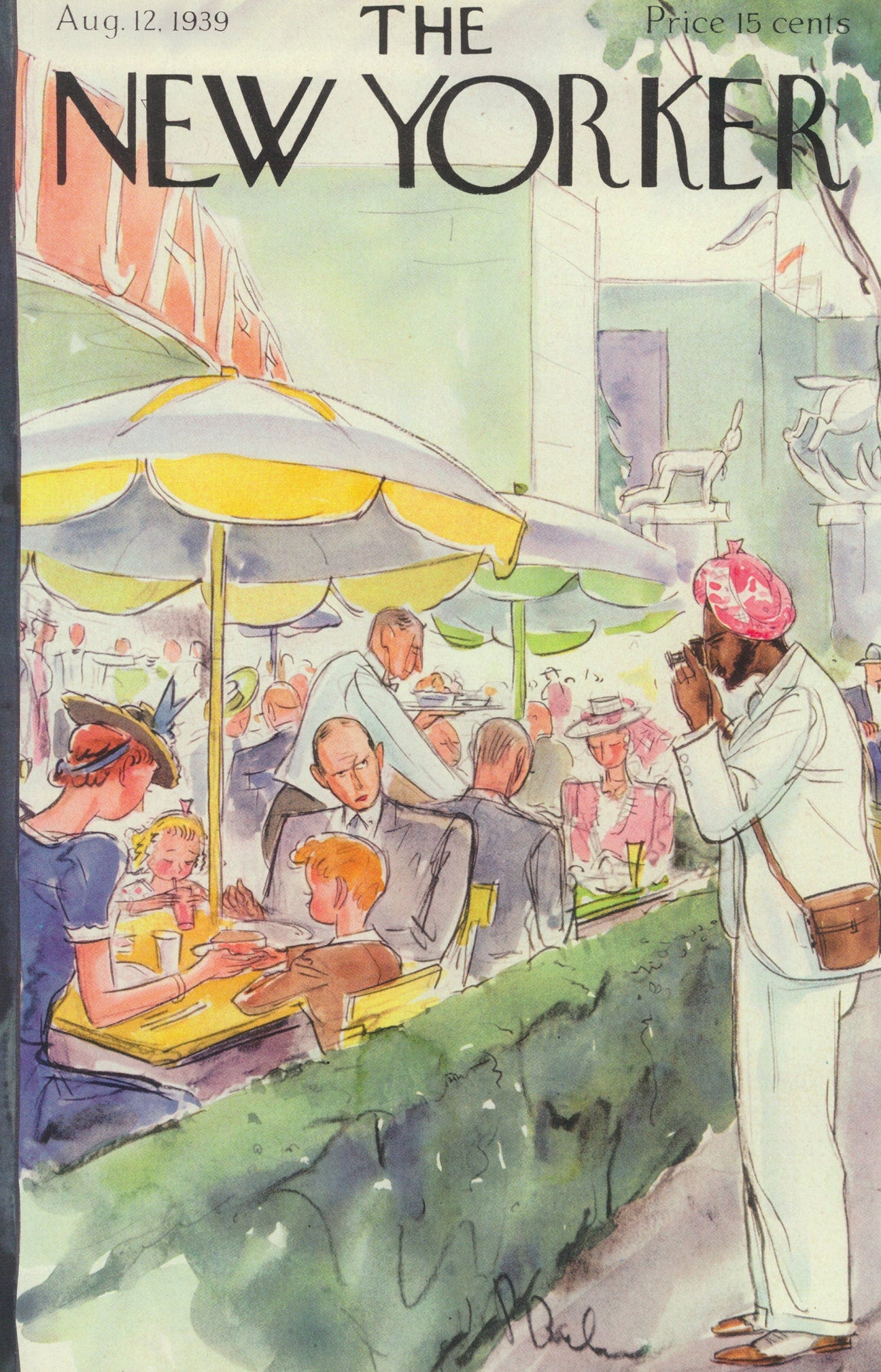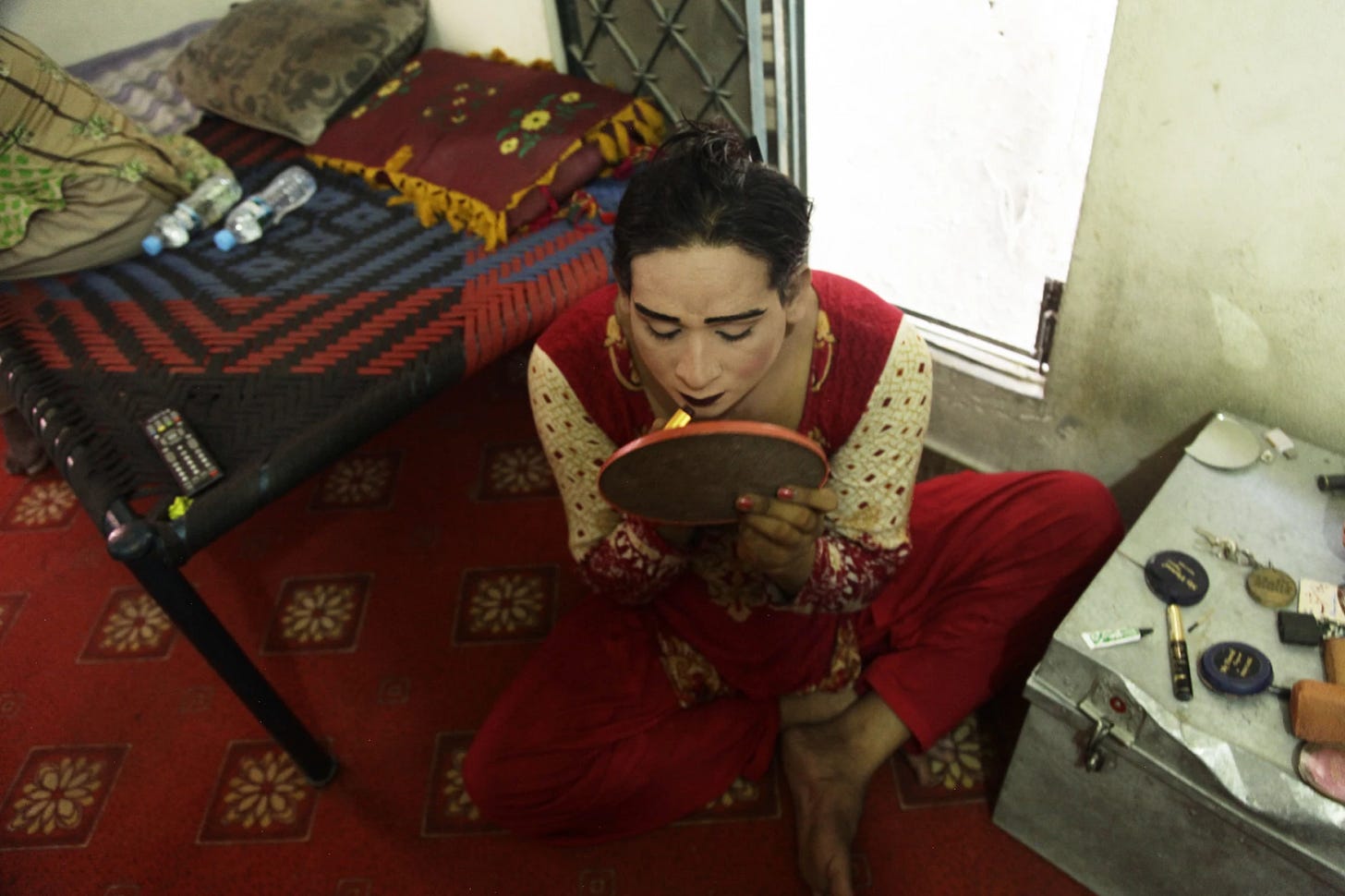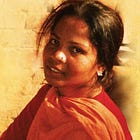How Pakistan’s Khwaja Siras express Fashion and Identity in a complex Landscape
Words by Zahra Qadri
Welcome to the Brown History Newsletter. If you’re enjoying this labor of love, please do consider becoming a paid subscriber. Your contribution would help pay the writers and illustrators and support this weekly publication. If you like to submit a writing piece, please send me a pitch by email at brownhistory1947@gmail.com.
Don’t forget to check out our SHOP and our Podcast.

Recommended Reads:
How Pakistan’s Khwaja Siras express Fashion and Identity in a Complex Landscape

We are all familiar with resilient and vibrant personalities like Laverne Cox and Hunter Schafer, who daily champion the right to self-expression as transgender individuals in a highly gendered world. However, there exists a community in Pakistan that has been fighting this battle for many years: the Khwaja Sira community.
The term ‘Khwaja Sira’, ‘khwaja’ meaning ‘master’ in Persian and ‘sira’ associated with a person in service, is an umbrella term for people who identify as trans, intersex, or eunuch. During the Mughal rule in the subcontinent, the Khwaja Sira community had many important roles to play as they acted as advisors to the emperors, contributing largely to poetry and the arts. They were seen as spiritual guides with heavy political influence, establishing trade, mediating between squabbles in the courts, and blessing ceremonies. It's a known fact that due to the duality of having both genders, the emperor would only send a Khwaja Sira to pass along messages to his empress. The idea that ‘the body is not only shaped by fashion but also performs and expresses cultural and social identities through dress’ makes fashion a much more complex subject than what it seems to be.
I strongly stand by the notion that our experiences throughout our life from childhood until death shape our sense of how we perceive the world, what we breathe into it, and most importantly how we choose to express ourselves in it. Imagine a world where everyone in pain expressed themselves through art, creativity, and dress. That’s what the Khwaja Sira have been doing for decades. Very rarely, you will find these women without their ‘glam’ on, without a smile on, dancing their hearts out.






